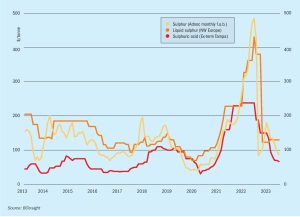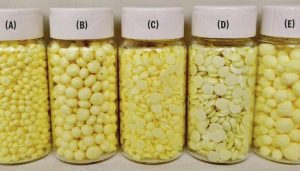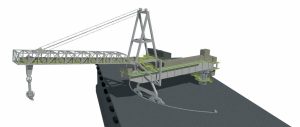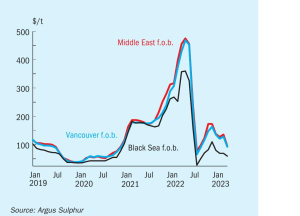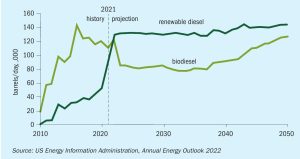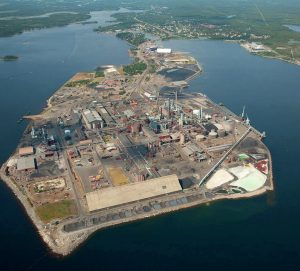PhosAgro’s shareholders elected a new board of directors during the company’s annual general meeting (AGM), held on 24 March. The new board includes: Viktor Ivanov, Yuriy Krugovykh, Siroj Loikov, Natalia Pashkevich, Mikhail Rybnikov, Alexander Seleznev, Vladimir Trukhachev, Viktor Cherepov, Alexander Sharabaiko and Andrey Sharonov. The AGM also approved the company’s annual report for 2022, which reflected total production of 11.1 million t/a of agrochemical products (up nearly 5% year-on-year); and a one-third increase in investments to develop the company. PhosAgro CEO Mikhail Rybnikov said: “The consistent implementation of our long-term development programme enabled us to increase production last year, and we remained the leader in terms of the total supply of all types of fertilizers to the domestic market and expanded our support in the social sphere considerably. We intend to maintain this momentum of steady development. In 2023, we expect further growth in the production of agrochemical products, to 11.3 million tonnes. Our workforce laid the groundwork for this in January-February, as we increased production of phosphoric acid and sulphuric acid by 22% and 17% year-onyear, respectively, over this period.”



